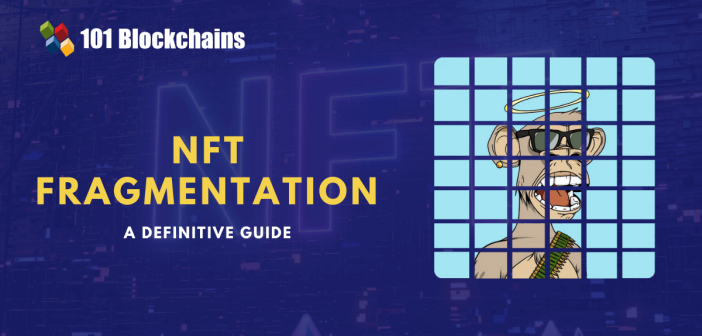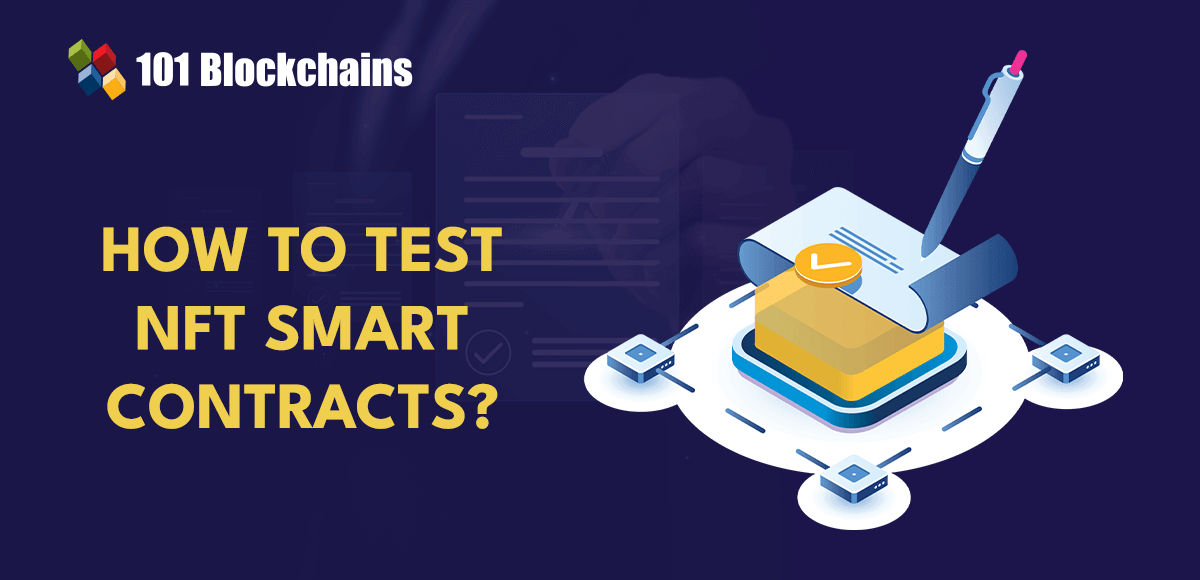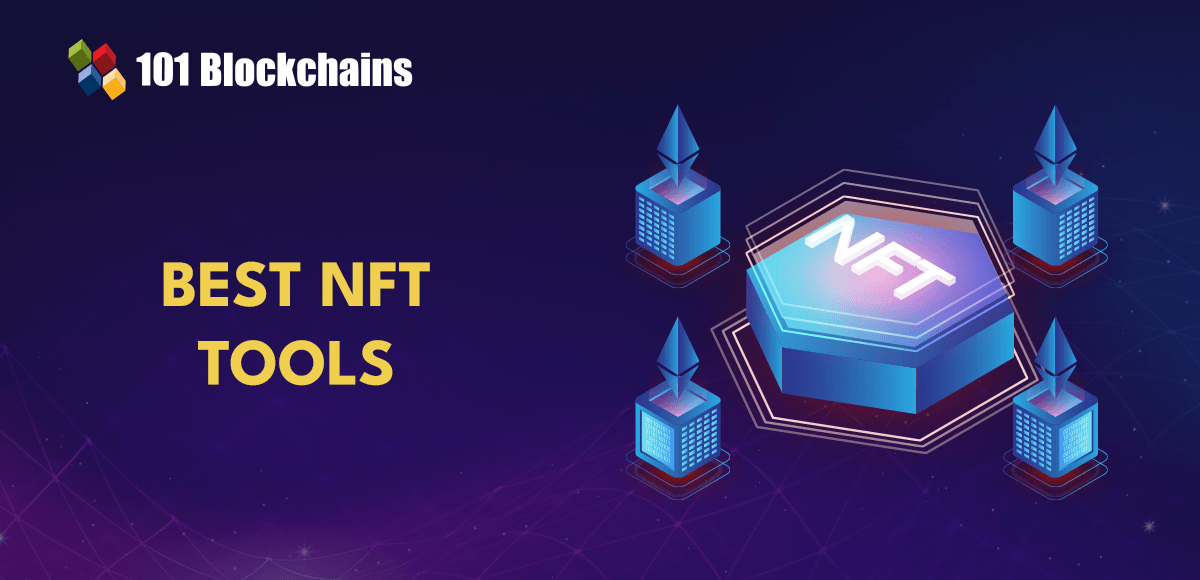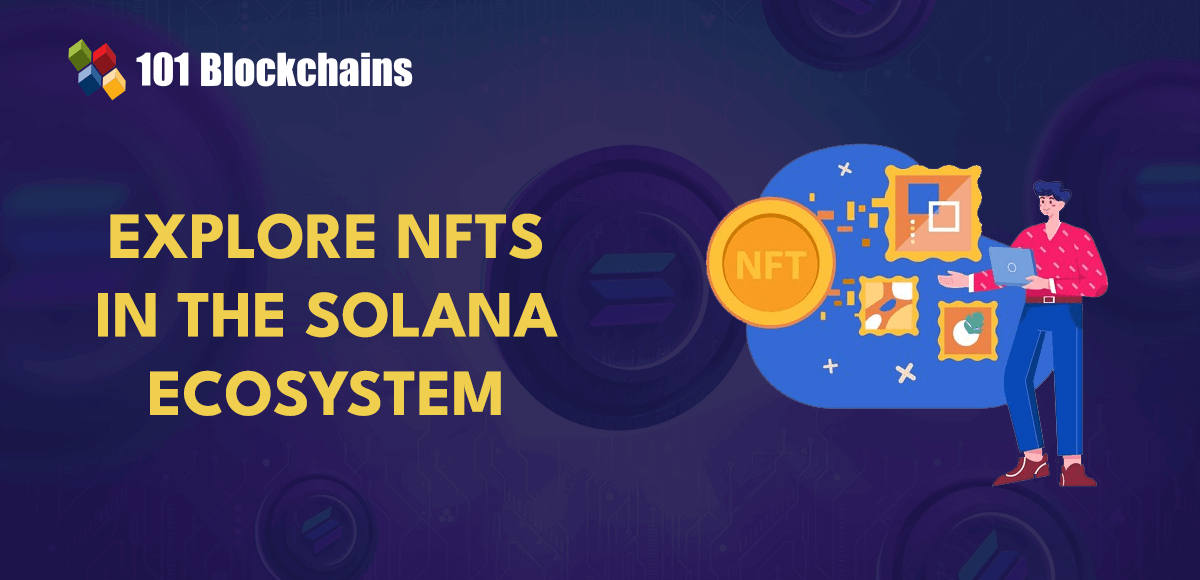Want to know what is NFT fragmentation and why is it required? Here’s everything you want to know about non-fungible token fragmentation.
The growth in the domain of non-fungible tokens has been one of the formidable highlights for crypto projects worldwide. Imagine a time when artists had to visit multiple art houses and galleries to put up their work on display. Non-fungible tokens, or NFTs, have transformed the game and offered a new and innovative approach to establishing a broader economy for such artists and content creators.
Interestingly, the concept of NFT fragmentation has been gaining attention in recent times for dividing non-fungible tokens into multiple parts. While NFTs became popular for the unique trait of non-divisibility, fragmentation can open new roads for NFT adoption. The following discussion offers you an introduction to fragmentation of NFTs and what it entails for users.
Definition of NFT Fragmentation
The first thing you need to understand in a guide on non-fungible token fragmentation is the definition of the term itself. You can develop a clear idea regarding the process of fragmentation through a practical analogy. Let us assume that a merchant has a precious stone in his store, and he wants to sell it to the highest bidder.
As a matter of fact, the precious stone is the only one available in the market, thereby commanding a higher price. Therefore, majority of bidders would have to wait for the price of the stone to drop so that they could buy it. In such cases, the stone would not find any bidder owing to the higher price.
What if the merchant has a sharp cutting tool for dividing the stone into even pieces? Now, the merchant could sell the stone to buyers at a lower purchasing cost, thereby ensuring asset transfer. On top of it, lower prices of the even fragments of the stone combine together to safeguard the complete value of the collection. The answer to “What is fragmented NFT?” also points in the same direction.
Non-fungible tokens are precious stones that might be unaffordable for buyers due to their high prices. Bring a cutting tool, i.e., smart contracts, into the equation, and you can divide an NFT so that interested buyers could hold a share in the NFT. The smart contracts help in dividing NFTs based on ERC-721 standard into ERC-20 tokens. As a result, it is easier to split ownership of NFTs for easier trading and transfers.
Want to get an in-depth understanding of non-fungible tokens (NFTs)? Enroll now in the NFT Fundamentals Course.
Necessity of NFT Fragmentation
The simple definition of NFT fragmentation paints it as a suitable tool for asset redistribution. From a technical perspective, the process deals primarily with modification in the asset standard. Now, it is important to wonder about the need for fragmentation in the first place. Why did anyone think of breaking down NFTs into fragments?
One of the biggest concerns for growth of the NFT market in the future has been identified as the lack of liquidity. As of now, some of the popular NFT collections command unbelievably high prices, thereby creating difficulties in finding buyers. On top of it, common investors and enthusiasts who want to get their hands on NFTs cannot do so due to the prices.
The existing NFT market faces many troubles as sellers and buyers are locked in a dilemma. Sellers cannot transfer their assets, and buyers cannot purchase their assets. In such cases, NFT fragments offer the best solution to support both sellers and buyers. Smart contracts can help in dividing NFT ownership, and retail investors could have joint ownership over an NFT artwork.
The fragmentation of NFTs also ensures reduced entry barriers to the market alongside infusing additional liquidity in NFT secondary markets. Furthermore, artists, as well as NFT creators, can find flexible opportunities for tokenizing a share in ownership of their work. As a result, they can find the opportunity to obtain cash flow without selling the complete work.
Excited to develop an in-depth understanding of solidity’s best practices and the tools needed for developing and testing an NFT marketplace, Enroll now in the NFT Development Course
Examples of NFT Fragmentation
The best way to understand how fragmentation works for NFTs is an overview of the NFT fragmentation projects and their functionalities. Practical examples can show you how fragmentation of NFTs can contribute actual value to the broader NFT market. Here are some of the top examples of non-fungible token fragmentation projects you can look up.
-
NIFTEX
The first-ever project in the field of fragmentation of NFTs is NIFTEX, a Singapore-based platform. NIFTEX entered the market last year in May when it was launched officially. Subsequently, the platform received a hefty investment of almost $500,000 from various companies such as MetaCartel Ventures, Digital Currency Group, 1kx, Sparq, and CoinFund.
The investment for an NFT fragmentation platform in such margins is an indicator of favorable market opportunities for fragmentation of NFTs. NIFTEX also launched its second version in the first quarter of 2022. The fragmentation platform has included support for NFT assets following the ERC-1155, ERC-721, and ERC-777 token standards. Furthermore, it has also come up with the proposition for its personal trading platform.
The NIFTEX platform also features NFT fragments from popular NFT collections such as Axie Infinity, CryptoPunks, and other collections. NIFTEX helps you split NFTs with a straightforward and simple process. Users can select the layer 2 networks Matic or Ethereum for the fragmentation smart contract. All they have to do is copy the URL address of the concerned NFT from the OpenSea marketplace and begin fragmentation.
In the next step, users can opt to sell the fragments at a price or customize the fragmentation further. For example, users must enter the “99% Fragmentation” option in the “Retain Fragmentation” section. On the other hand, if users don’t want to retain all the fragmented tokens, then the NFT would be sold at fixed prices as determined by the users.
Interestingly, the case of NIFTEX is unique among NFT fragmentation projects for unique functionality. If the fragments remain unsold for two weeks, then the same will resume from the start. In addition, the “buyout” option on NIFTEX helps buyers receive all the fragmented tokens without any trouble.
On top of it, NIFTEX also offers a “royalty retention” facility. The platform would reserve 5% of the fragmented tokens for users creating them. The fragmented tokens go to the address under the control of NIFTEX, and users can be eligible for multi-signature in future.
Get familiar with the basic and advanced Non-Fungible Token (NFT) terms with the NFT Flashcards
-
Fractional
The next popular example in discussions on “What is fragmented NFT?” would draw the limelight on Fractional. It is one of the recent players in the market of fragmenting NFTs. Fractional has initiated many frequent activities on different social media networks. Interestingly, the platform confirmed that it received a $7.9 million seed round of funding from top institutions and VCs such as Paradigm, Delphi Ventures, Flamingo DAO, and Divergence Ventures. On top of it, Fractional is similar to other fragmentation projects in terms of user experience and solution design.
Users can have the facility of non-fungible token fragmentation with an NFT vault, which keeps their NFTs. In addition, users can also issue corresponding ERC-20 tokens for the NFTs in their possession. However, you must use third-party platforms such as Uniswap and SushiSwap to create a liquidity pool of fragmented tokens. Following the division of an NFT, users purchasing the fragmented tokens can have collective ownership over the concerned NFT.
At the same time, users can also place their votes to determine the reserve price of the NFT. The reserve price is an important aspect in the working of NFT fragmentation as it helps in triggering the auction. The reserve price depends on the votes of the fragmented token holders. Upon the finalization of reserve price and beginning of the auction, the winner would receive the NFT.
The interesting highlight for Fractional, among other NFT fragmentation projects, is the curator asset fees. Curator is the user who decides to split an NFT, and the asset fees imply that they can obtain fragmented tokens at a specific share annually. The curator asset fees depend on the curator, albeit with specific governance restrictions.
Future of NFT Fragmentation
The value benefits underlying the idea of NFT fragments, especially in terms of market liquidity, shed light on a promising future for the market. However, the concept of dividing and redistributing assets has been around for quite a long time. For example, Rally set up a platform for collectibles in 2017 and divided the company’s shares into different stocks.
Shareholders can collect a share of the income of the company, and the company securitizes assets to enable ordinary investors to purchase and invest in the collectibles. In the case of the NFT market, it is important to understand that the fragmentation part can create many new challenges. For example, fragmentation solves the problem of liquidity while opening up the roads for transferring the liquidity problem to retail investors.
In addition, it is important to note that every NFT is not suitable for NFT fragmentation projects as it may limit the growth of the projects. For example, NFTs with limited room for growth and a questionable collection value would barely find a place on the list. On top of it, fragmentation projects must also face market risks due to regulatory precedents. Without any clear regulations pertaining to NFTs, the fragmented NFTs can end up being classified as “unregistered securities”.
Learn more about the basics of NFT (Non-Fungible Token) and the practical implications of non-fungible tokens through NFTs Skill Path
Bottom Line
The overview of NFT fragmentation clearly reflects the promising opportunities for the NFT market. As more and more people start taking an interest in the world of NFTs, the demand for fragmentation might catch momentum. However, the challenges for fragmentation of NFTs also present a distinctive question mark for the future of fragmented NFTs.
At the same time, successful projects in this domain showcase the potential of fragmentation from a different perspective. As of now, the fragmentation of NFTs is a comparatively new concept and requires some additional time for improvements. Will it contribute to the growth of NFT adoption or set some new obstacles? Learn more about NFTs and the value advantages of fragmentation now.
*Disclaimer: The article should not be taken as, and is not intended to provide any investment advice. Claims made in this article do not constitute investment advice and should not be taken as such. 101 Blockchains shall not be responsible for any loss sustained by any person who relies on this article. Do your own research!







